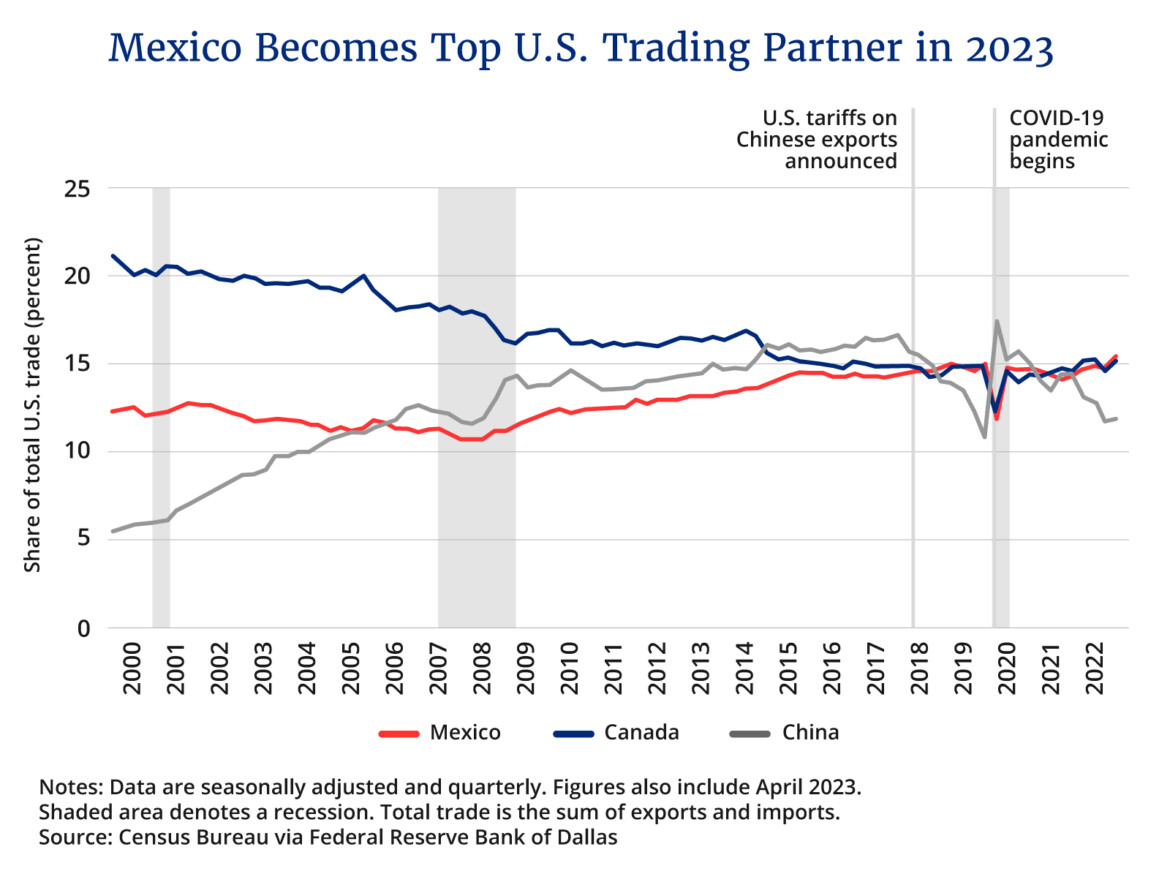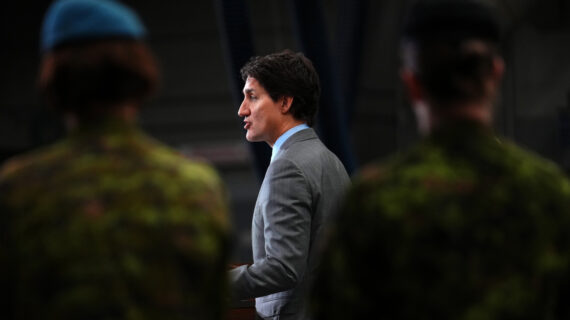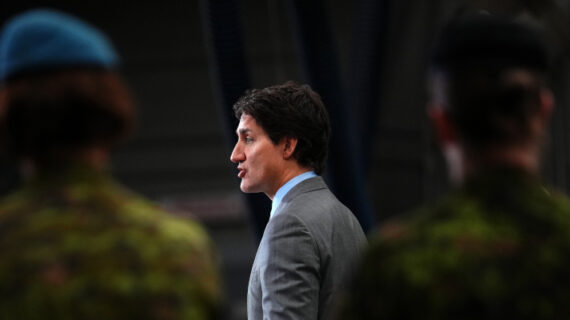- On July 14, Mexico overtook China to become the largest U.S. trading partner in the world, a position held by Canada until 2014.
- In sectors like auto-manufacturing, Mexico offers competitively low wages, and is attracting high-profile companies like Tesla.
- Rafael Fernández de Castro Medina of UC San Diego says the growth in trade and investment with Mexico is a byproduct of the U.S. strategy of decoupling, rather than a well-planned objective.
Mexico leapfrogged China last month to become the largest American trading partner while the U.S. continues its efforts to “friendshore” its trade and decouple from the Chinese economy.
And even though Canada was the top trading partner of the U.S. until 2014, experts say that Canada will have trouble competing with Mexico’s larger population and cheaper labour.
Several factors have contributed to Mexico’s rise as the top U.S. trading partner, including the demographic advantage of the Mexican market, with over 126 million people compared to Canada’s 40 million, and the composition of trade in sectors like the auto industry, says Christopher Sands, the director of the Wilson Center’s Canada Institute in Washington.
“Canada has been an auto parts supplier for a long time. It’s very good at what it contributes in terms of final assembly and auto workers and skilled work,” says Sands. “The problem for Canada in auto has been relatively high wages. The Canadian unions have been more strike prone, a little more militant than the American unions.”
China had been the largest American trading partner since 2014, when it overtook Canada, whose trade surplus with the United States declined by $2 billion from April to May this year, bringing it no closer to reclaiming the top spot on the list of U.S. trade partners.
Manufacturing in the North American auto market is spread across all three of the continent’s countries, and has been for almost a century.
The hourly wage of full-time workers at two Ontario paint shops for automobiles is approximately $27.19 USD. Auto workers in Ohio make as little as $16.50, while auto workers at a plant north of Mexico City can earn less than $9 for a whole day’s work.
“Mexico’s an attractive place to put your capital so, they’ve been building and building, and some of that’s coming from China, some of that’s new growth,” says Sands. “That makes it harder for Canada, which is still a little bit more expensive on the hourly labour and requires the same amount of capital to build a facility as you would in Ohio or anywhere else.”
In addition to friendshoring, U.S. President Joe Biden’s Inflation Reduction Act, which passed in 2022, included heavy subsidies for industries like auto-manufacturing to place their operations in the U.S., threatening to erode Canada’s appeal as a destination for investment.
Jonathan Berkshire Miller, the director of foreign affairs, national security, and defence at the Macdonald-Laurier Institute, says that the U.S. government is not trying to deliberately antagonize Canada.
“It’s not necessarily the United States saying that they don’t want to be privileged trading partners with Canada versus Mexico, but we just don’t have the price competitiveness, we just don’t have the comparative advantage in certain sectors,” says Miller.
Rafael Fernández de Castro Medina, the director of the Center for U.S. Mexican Studies at UC San Diego, says Mexico’s growing trade with the U.S. is a byproduct of the decoupling with China, rather than a meticulously planned objective by Biden, who Fernández de Castro says has other priorities.
“Mexico nowadays, under Biden, has not been an important player for Washington” says Fernández de Castro. “Biden talks about a North American vision, but there’s no vision out there, he has no outline on what is at issue.”
Fernández de Castro says the relationship between North America’s three countries is similar to the Cold War era when countering the Soviet Union and the spread of communism was a greater priority for the Americans.
“Washington was fairly negligent towards its neighbours, because it had higher priorities. And now it has higher priorities with China, Ukraine, and domestic political polarization,” Fernández de Castro.

Sands says another contributor to the lagging growth of Canada-U.S. trade is energy, which has been affected by what Sands says is Canada’s limited capacity to ship oil south. In 2018, Canadian energy accounted for over 25 percent of all U.S. imports from Canada.
Specifically, Sands mentions the Keystone XL pipeline project’s cancellation in 2021 and the legal threats to the Enbridge 5 pipeline from Michigan on environmental grounds.
“(Oil) prices are still relatively high, so you can get a good return on it, but there’s just an upper limit on what you can ship in terms of natural gas,” says Sands.
Since 2018, Mexico’s government has been led by Andrés Manuel López Obrador (often referred to as AMLO), an outspoken populist and nationalist, who has deployed harsh rhetoric towards the U.S. regarding issues like immigration and endorses ending American energy imports.
However, Sands says Mexico has benefited from the U.S. efforts to decouple from China in recent years, even if it is for reasons AMLO dislikes, such as the competitive advantage of Mexico’s comparatively low-wage labour.
“Mexico’s a very young country. You can scale up young people for working in manufacturing, and they’ve got the kind of stable economy where it’s possible to invest in the latest robotics,” says Sands. “Because it’s greenfield, you’re often building without having to deal with legacy workers or an old plant and have a union conversation about how we’re going to go forward.”

New manufacturing facilities have been springing up across Mexico over the past few years, producing products like plastics, medical technologies, and high-end electric vehicles for Tesla.
“You can tell that every single industrial park in Mexico business is getting busy,” says Fernández de Castro.
Canada is described as possessing an advantage in certain sectors like the auto industry due to its extensive infrastructure for the sector, but the Canadian government has still controversially been providing tens of billions of dollars in subsidies for EV manufacturing plants in cities like Windsor and St. Thomas. Proponents of the subsidies say they are necessary to ensure Canadian participation in the EV production industry.
Both Ottawa and Nova Scotia’s provincial government contributed roughly $100 million in subsidies to ensure Michelin built an EV tire plant in the Atlantic province, which was announced in March. Nova Scotia’s minister for economic development stated that the subsidies were required for the province to outcompete alternative sites elsewhere in the world.




